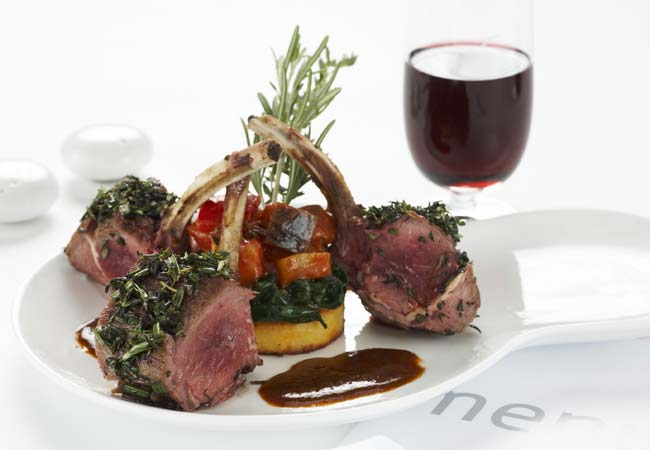Tasty and Lite: Chefs Say Possible, But Hard to Sell

Eating out is usually more about gustatory delight than health, but now chefs are saying they could cut back on calories without affecting taste, according to results of a new study.
As such, restaurants could play an important role in battling the growing obesity epidemic, the Penn State researchers said.
Research nutritionist Liane Roe and colleagues surveyed chefs, restaurant owners and culinary executives from across the country to assess their perceptions of serving healthy foods in restaurants.
In the survey, 72 percent of the 432 respondents said they could trim off 10 percent of the calories in meals without customers noticing differences in taste, and 21 percent said they could trim off at least 25 percent of the calories. This small change could lead to a major impact on the obesity epidemic.
"Reducing intake by as little as 100 calories per day can amount to a significant weight loss over a year," said Roe, who is a coauthor of the paper on the team's findings published in the journal Obesity.
Calories vs. taste
Results showed that many chefs didn't know the calorie content of the meals they served, with 7 percent reporting they weren't at all familiar and 49 percent saying they were somewhat familiar with calorie content.
Get the world’s most fascinating discoveries delivered straight to your inbox.
"If a large number of chefs don't know the calorie content of their food, they will be limited in their ability to modify what they serve to guests," said Roe.
Supporting the idea that healthy restaurant food is the "kiss of death," chefs seemed much more willing to create new reduced-calorie foods rather than modifying existing meals. Rolls explains that chefs might not want to modify their signature dishes for fear of losing sales or affecting their restaurant's reputation.
According to study coauthor of Penn State Barbara Rolls, chefs think very few customers would want that food. But what they don't know won't hurt them.
"Silent change goes on all the time in the food industry," Rolls said.
Obstacles to a healthy menu
In the study, chefs also rated their perceptions of obstacles to increasing healthy food in restaurants. Some 32 percent said low consumer demand was a major concern, followed by the need for staff skills and training (24 percent of chefs) and high cost for healthy ingredients (18 percent).
More than 70 percent of chefs reported that the success of a low-calorie meal hinged primarily on taste.
When asked about the most effective method for reducing calories in meals, chefs favored reducing portion sizes over "reducing calories per bite." However, when asked to pick specific strategies for reducing calories for two popular meals -- beef stew and apple pie a la mode, chefs most often chose methods of reducing fat. Rolls said this seeming inconsistency most likely shows a knowledge gap in the culinary field; the chefs surveyed may not fully understand the terminology of "reducing calories per bite."
By adding water-rich foods to menu items, such as fruits and vegetables, that are low in calories per bite, people can maintain the total weight they eat while reducing the calorie count. Some of her past research shows that people do not notice calorie reductions of up to 30 percent.
Not only would substituting fruits and vegetables reduce calories in meals, but it would improve nutrient intake. A recent study by the Centers for Disease Control and Prevention showed that fruit intake among Americans has fallen significantly within the last 10 years, while vegetable intake has remained steady. Overall, the majority of Americans aren't eating the recommended amounts of fruits or vegetables, the CDC study showed.
"It's important to figure out how to reduce the calorie content in meals in a way that keeps food just as enjoyable at the same price," Rolls said. "We're all responsible for what we eat, but restaurants can make it easier for us."



